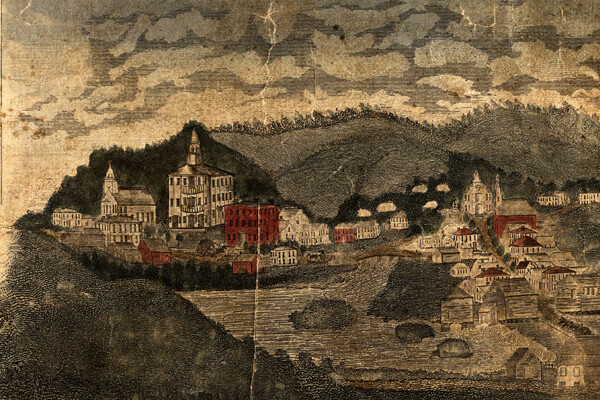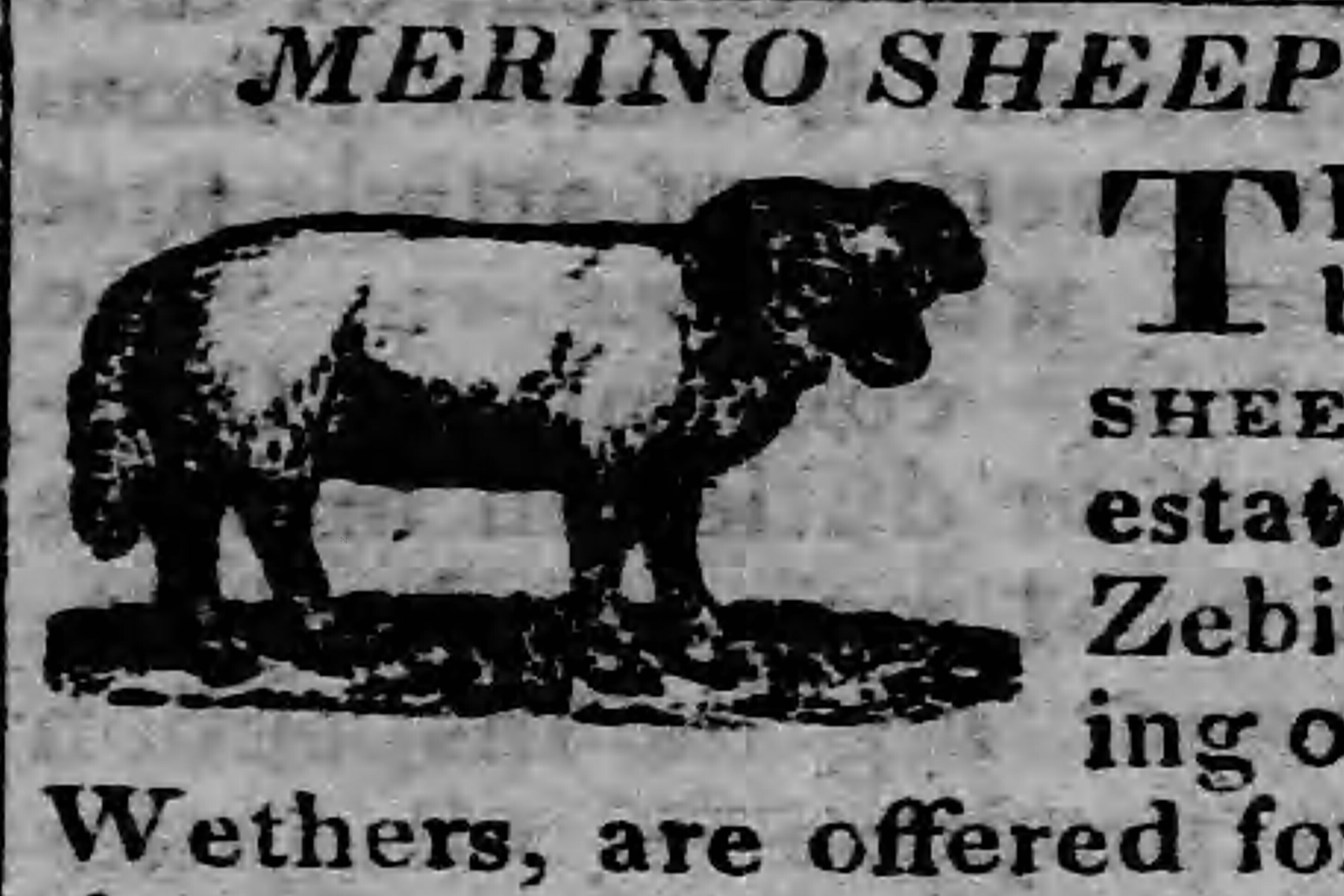1820s-Land Use
How did Vermonters use land in the 1820s?
In the 1820s, many Vermonters relied on farming to feed their families. Farming can be difficult in Vermont. The soil is very rocky, and winters are long. Farmers cleared large areas of forests to make room for their crops and animals. In 1816, Vermont suffered through the year without a summer. This unpredictable(not able to be predicted; changeable) weather event cost many Vermont farmers their homes. They moved out west in hopes of harvesting better crops. But farmers that stayed in Vermont came up with a solution to their problems.
Farmers imported the first Merino(a sheep of a breed with long, fine wool) sheep to the US in 1809. In 1811 William Jarvis brought 400 Merino sheep to Vermont. Many Vermont farmers began to raise Merino sheep in the 1820s. By the 1830s, sheep outnumbered people in Vermont! Sheep were able to survive off the grasses that grew on the Green Mountains. The sheep also produced(to make or create) warm fleece to help them get through the winter. Vermont farmers sheered their sheep in the spring and shipped off their wool. The Merino sheep helped save Vermont farmers. But they also caused issues for the land. Farmers cleared large areas of forests in Vermont to raise their sheep. This was destructive(causing great and irreparable damage) to the state’s natural environment.
Thinking About History
Historians ask questions to think deeply about history.
Merino sheep helped Vermont farmers get more money. But they hurt the natural environment around them. Do you think that the sheep boom was more helpful or harmful to Vermonters?
Learn More
Follow the links below to explore related topics.
Read more about the Year Without a Summer
Read more about Merino Sheep
Read more about William Jarvis and the Merino Sheep Craze
Copy and paste this citation to show where you did your research.
Vermont Historical Society. "1820s-Land Use." Vermont History Explorer. Accessed January 7, 2026. https://admin.vermonthistoryexplorer.org/land-use-in-the-1820s

